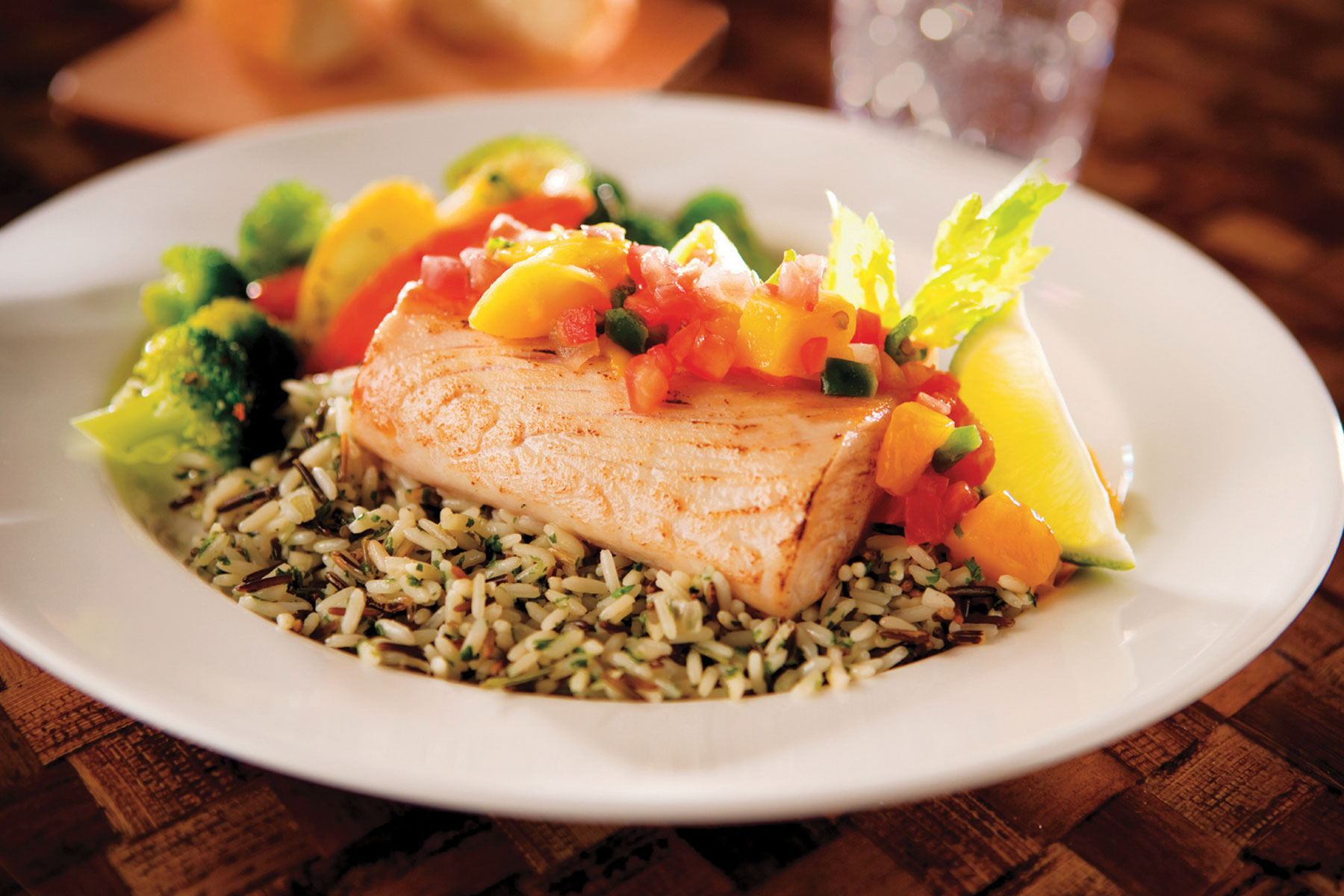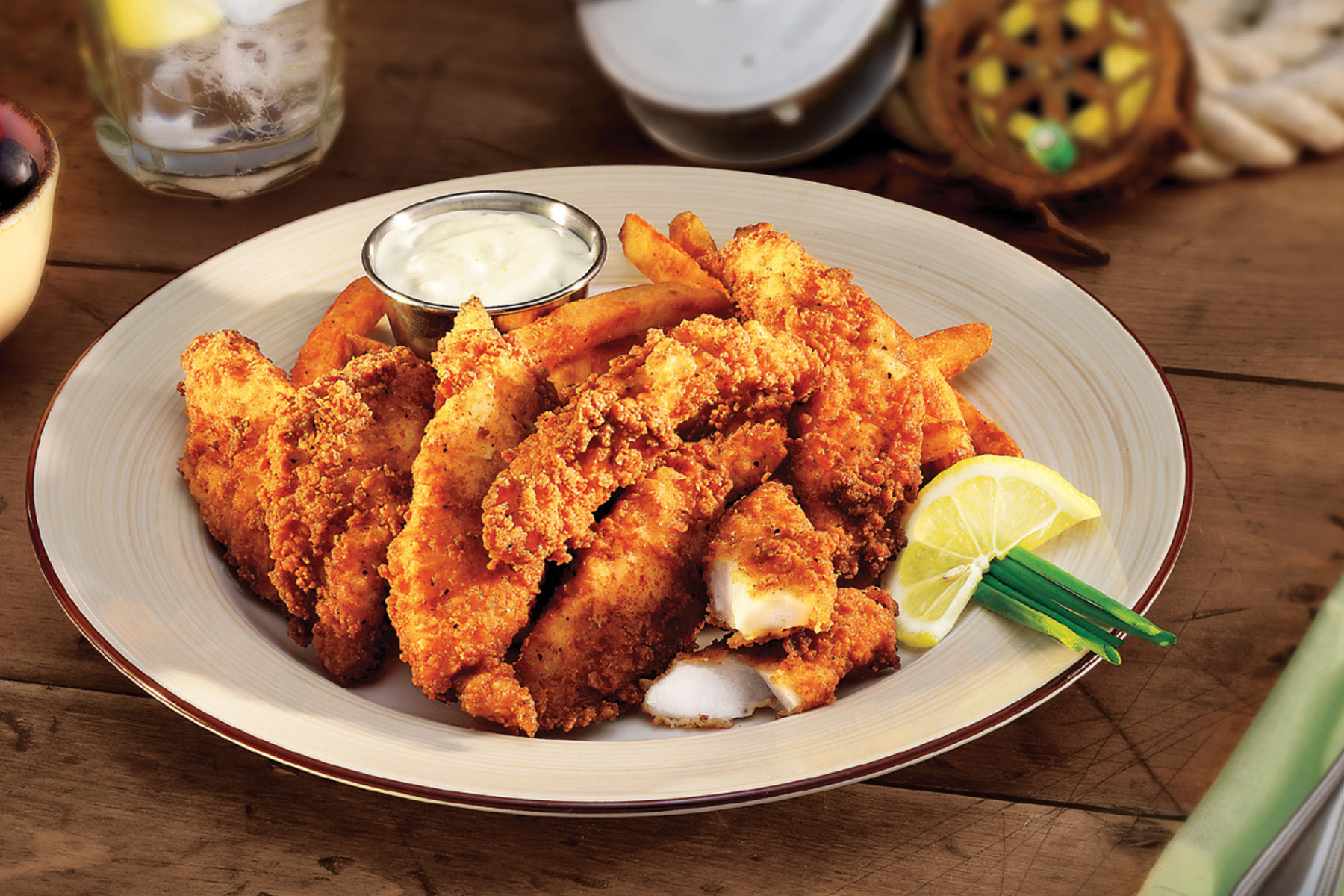Cast and retrieve. Repeat. That is what it takes to catch fish with a rod and reel. The idea is the more casts you make, the more fish you will catch.
If your idea of an arm flexing workout is at the gym, or if the fishing is frustratingly slow, there are alternatives for catching fish. Some of these methods have actually been around longer than rods and reels. They are easy, fun and productive.
Put away the rods and reels, rest your arms and give trot lining, limb lining and jugging a try. Just like baking a cake, all it takes is the prep work (rigging up), sliding the cake into the oven (setting the lines) and waiting for the sweet treat to finish baking (fish on!).
Trot lines, limb lines and jug lines. Those are the rod-and-reel alternatives and they are all easy to make. The best part of these alternative fish-catching methods is the curious anticipation of what might take the bait. What else is cool is there is no need to hang around and wait for the fish to bite. You can go enjoy other boating activities—watersports, cruising, picnicking—and then come back later to retrieve your prize.
Instead of casting and retrieving all day long, your line stays in the water, longer. Isn’t that what also puts fish on the hook? Depending on the laws in your area, you might even be able to leave them in the water overnight—more chances to catch the big one!
Here is what you need to get started, how to do it and what makes these techniques fun.
Why do it: You bait up, set the lines and come back later. You don’t need to hang around and wait for the bite to happen.
What you need to do it: Trotlines are long lengths of strong nylon staging line with weighted dropper lines and hooks evenly spaced on a main line. You can make your own trot line or buy a pre-rigged kit (recommended). Use prepared catfish bait. The smellier, the better.
How to do it: Secure each end of the trot line to each shoreline. In your boat, pull the line out of the water, add the bait and drop back in. Catfish are the prize, and the best time to set lines is late in the afternoon or evening. Go back the next morning and get ready for the fish fry.
Where to do it: A narrow, flowing river is best. The scent of those nasty concoctions on the hooks drift downstream to bring the catfish to the trot line.
Why do it: Limb lining is the simplest of all alternative fishing methods. All it takes is a hook, line and sinker.
What you need to do it: A short stretch of nylon rope for a staging line, tied to several feet of braided line and the hook. Tie on a strong hook (1/0 to 3/0) to the opposite end. Add enough weight six inches or so above the hook so the line will hang vertically beneath the limb. Bait up with nightcrawlers, live minnows, cut fish or prepared catfish bait.
How to do it: Tie the baited rig to an overhanging limb that’s got some depth to it. About five or six feet of bottom will do. Adjust the line’s length to extend two or three feet below the surface. The idea is to keep the rig suspended just off the bottom.
Where to do it: Flowing water is ideal, but just about anywhere with some shallow depth will work.
Why do it: With this option you can watch the action as it happens. Kick back, enjoy the great outdoors and wait for the jug to tip up.
What you need to do it: Empty plastic two-liter soft drink bottles, with the caps on. Heavy braid line, hooks, sinkers and bait are all that you need for jug lining. Lines are cut to lengths of 5 to 10 feet, depending on depth. Each line is tied snuggly around the bottle’s neck. A 2/0 hook is tied to the opposite end of the line. Add just enough pinch weights a few inches above the hook to keep it beneath the jug. Use cut fish, live minnows or prepared catfish bait. Make a dozen or more of these rigs and wrap the lines around the jug for storage. You can also use cut-up pool noodles instead of jugs.
How to do it: Jugs are unwrapped, baited and dropped in the water. Float alongside the jugs, watching for one to tip up and move off as a hooked catfish tries to escape. Best times are near sunrise and sunset. Spray paint the jugs with high visibility paint and you can give it a try at night for catfish.
Where to do it: Position the boat on the upwind or up-current side of a shallow flat, flowing channel or deep pool. Tip ups will occur as the jug passes over those strike zones.
Which is best?
Trot lines are ideal for narrow rivers or flowing creeks in the upper reaches of a lake. The opposing shorelines need to be close together, because the two staging lines are tied off to a tree or object on the bank. Limb lines are best when you want to be lazy. All it takes is tying the line off to a tree. You can do that near a campsite, boat dock or the marina. Moving water is a must for jug lines, which need to float across the strike zone.
The bottom line is there is really no wrong time or place for these alternative fish-catching methods. They might even outperform a rod and reel, at least for catfish, on pressured waters. While everyone else is casting and winding, you can kick back, relax and wait for the bite. Or, do these while casting and retrieving for even more chances to reel in the big one!


